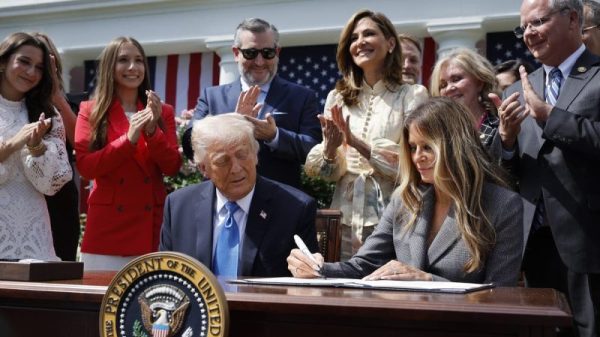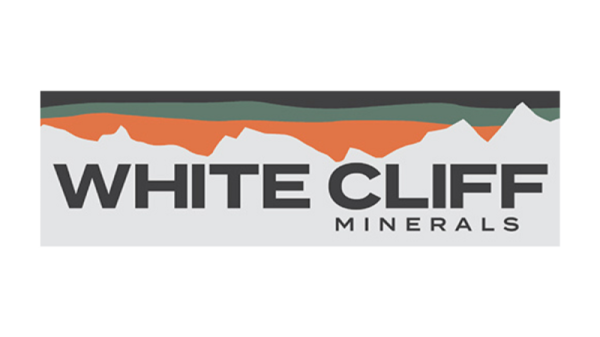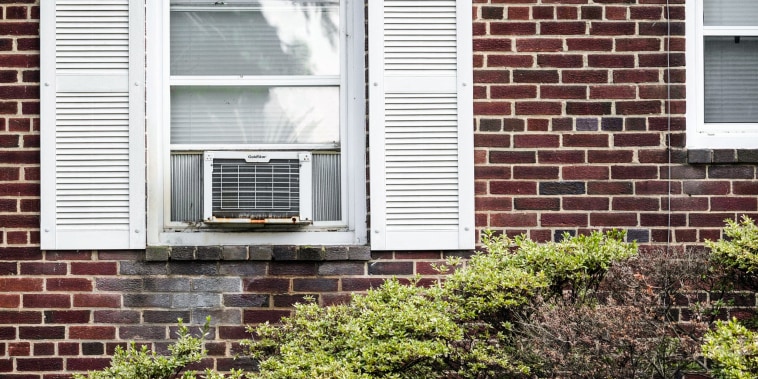Natural gas prices are down, but temperatures are up and so are many households’ utility bills. Across the country, programs for helping low-income residents cover their energy costs — designed decades ago with winter heating in mind — are struggling to meet higher summertime demand.
In Texas, which has been baking under a record-breaking heat wave for more than a month, air conditioners are running at full blast, raising costs for electricity generation that often get passed down to customers. The Electric Reliability Council of Texas, which operates the state’s utility grid, has seen surging demand break the system’s maximum load records 10 times within the past five weeks, peaking at about 83,000 gigawatts on Tuesday.
“We’re hot every summer,” said Bobby Deike, executive director of the Community Council of South Central Texas. “I think what was somewhat of a difference this year is it’s been much hotter earlier.”
The group has already distributed an average of $2,180 per household to help low-income residents cover energy costs this fiscal year, Deike said. That’s more than double its roughly $969 average in 2021, though the uptick came after the state tightened its aid criteria, delivering larger payments to the neediest Texans.
A mild winter in many parts of the U.S. helped boost this year’s supplies of natural gas, whose prices have fallen about 60% since last summer. But high electricity demand in recent weeks, and renewables’ limited ability to fill in the gap, have blunted those savings.
That is partly because heat waves often create still atmospheres that limit how much energy wind turbines can contribute to the grid, said Mohammed Hamdaoui, vice president of renewables and power at the research firm Rystad Energy. Solar is typically less effective under extreme heat, too: When the sun goes down, “people still need to run their ACs, because the temperature is still high and demand is still high,” he said.
Families will have less money to spend in the fall on clothes for children because they’re paying off their electric bill.
NEADA executive director MARK WOLFE
“This is a really new economic problem,” said Mark Wolfe, executive director of the National Energy Assistance Directors Association, which represents state directors who manage federal aid dollars for home energy costs.
NEADA estimated earlier this month that U.S. consumers’ utility bills would be nearly 12% higher this summer than last, reaching an average of $578, up from $517. Bills are set to be even steeper in the West and South Central region that includes Texas, where users are expected to pay an average of $706 between June and August, up from $642 last year.
In many cases, Wolfe warned, “families will have less money to spend in the fall on clothes for children because they’re paying off their electric bill. Up to recently, that wasn’t the case.”
While temperatures typically peak in much of the U.S. in June and July, scientists who study heat waves say climate change has been making those periods more frequent and longer since the 1960s. About 84 million people are now under heat advisories across the country, and parts of California, Oregon and Idaho that were previously untouched by the ongoing heat wave, are now included in the alerts.
Relief organizations in some states that aren’t used to widespread air-conditioning use are now grappling with extended periods of high demand. At Denver-based Energy Outreach Colorado, applications for bill payment assistance have jumped nearly 30% from the same time last year.
“It’s only July and we’re already seeing almost 2,000 people calling every week, which is very unusual,” said Denise Stepto, chief communications officer.
Because many agencies traditionally see their LIHEAP programs as offering seasonal relief for home heating costs in colder months, they often pare back aid distribution during the summer. But recent heat extremes have pushed some of the groups to transition to year-round operations.
In 2021, Washington state used resources from the bipartisan CARES Act to bolster its home energy assistance fund by $30 million, according to Brian Sarensen, a program manager at the state’s commerce department who manages the Low Income Home Energy Assistance Program, or LIHEAP, aid. That boost allowed state officials to help more than 100,000 residents a year with utility bills and installing new air conditioners, up from 65,000 households before the influx.
But the extra money has dried up, leaving Sarensen to weigh tough decisions about how best to allocate funds this year.
“We may be sacrificing how much heating assistance we give in the winter to hold over for the summer,” he said. “But at the same time, then you’re thinking: Am I leaving somebody to freeze to death? It’s the Catch-22 of trying to provide everything to everybody that needs it, and just not having enough money to do so.
We may be sacrificing how much heating assistance we give in the winter to hold over for the summer.
Washington State LIHEAP director Brian Sarensen
“We need to rethink the LIHEAP allocation formula,” he said.
The program, which is run from the Department of Health and Human Services, was created after the 1970s oil crisis to help Americans heat their homes — long before the effects of climate change were widely appreciated. Since then, there has been a near constant push and pull among federal officials, state governments and advocates over how to portion out a finite pool of relief money.
LIHEAP is funded with $6.1 billion through the end of September, and the House Appropriations Committee recently approved $4.1 billion in funding for 2024. Administrators had asked for $9 billion.
Unlike safety-net programs like Medicaid or food stamps, LIHEAP doesn’t guarantee payments to all eligible applicants, Wolfe said. If more qualified residents apply for help than the program can support, funding simply runs out even if demand hasn’t been met.
“There’s not enough money to do a year-round program” in states that increasingly need one, he said, despite extreme temperatures in more places during both seasons. He added that only 19 states and Washington, D.C., ban utility shutoffs during the summer, while more than 40 ban them during winter.
LIHEAP-funded agencies in several states told NBC News they began to cap assistance this spring to maintain summer reserves. Some in areas that saw warm winters said that has helped them stretch their resources further.
In Texas, state documents show the maximum cooling allotment for low-income families was raised to $12,300 in 2022, up from $8,200, and will remain at that level for the next fiscal year. That is partly due to the record $284 million in federal home-energy assistance funding the state received from the American Rescue Plan, which Democrats passed along party lines in 2021.
Overall, though, Wolfe said federal policies governing LIHEAP “haven’t caught up with reality” as climate change reshapes vulnerable residents’ needs.
“This is all preventable,” he said.

































